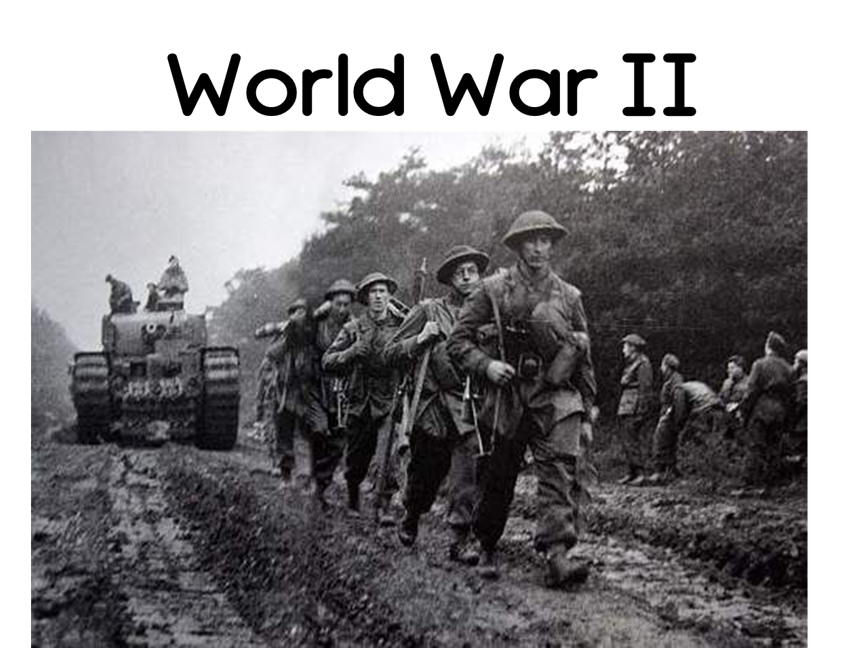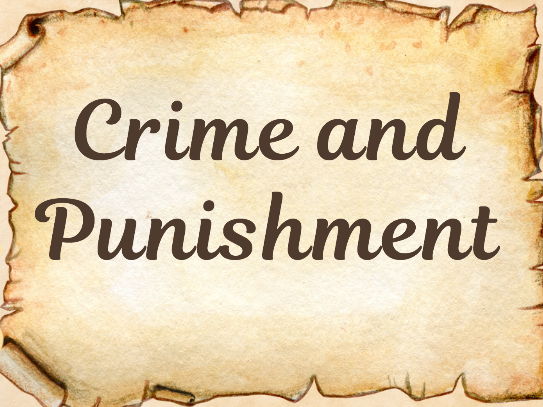
24Uploads
220Views
0Downloads
History

WW2 history planning - Lesson 1
Lesson 1 - When and why did WW2 happen?
Includes: powerpoint slides
Knowledge notes (key vocabulary)
Tasks

WW2 history - Lesson 5
How should we remember WWII?
Includes:
powerpoint
Knowledge notes (key vocabulary)
Tasks

WW2 history - Lesson 4
How did the war change everyday life in Britain?
Includes:
Powerpoint
knowledge notes (key vocabulary)
Tasks

WW2 history -Lesson 3
What was it like to be a child evacuee?
Includes:
powerpoint
Knowledge notes (key vocabulary)
Task

WW2 history planning - Lesson 2
What was the Blitz and how did it affect children in Britain?
Includes:
powerpoint
knowledge notes (key vocabulary)
Tasks
Bundle

WW2 History planning - Full Unit - KS2
Dive into an immersive KS2 history journey with this comprehensive World War II planning bundle! Perfect for engaging your class in thoughtful inquiry, this resource guides children through key historical questions such as:
What was WWII and why did it happen?
What was the Blitz and how did it affect children in Britain?
What was it like to be a child evacuee?
How did the war change everyday life in Britain?
How should we remember WWII?
This bundle is ideal for encouraging historical thinking, empathy, and understanding of how the war impacted ordinary lives—especially those of children. Packed with thought-provoking lessons, clear progression, and opportunities for cross-curricular links, this planning set will save you time while delivering high-quality, meaningful learning.

Crime and Punishment in Roman Britain – Lesson 2 (KS2 History)
A dramatic, discussion-rich dive into ancient justice!
Travel back 2,000 years in this exciting second lesson in the Crime and Punishment history unit, where pupils explore law, order, and justice under Roman rule.
From stolen rings to runaway slaves, this lesson puts learners in the role of Roman citizens, encouraging empathy, critical thinking, and historical reasoning through courtroom drama and debate.
What pupils will learn:
What Roman laws were like (The Twelve Tables)
How Roman courts worked - trials, punishments, and who had rights
The differences in punishment based on class and status
How Roman ideas of justice influence British courts today
What’s included:
Engaging PowerPoint presentation packed with visuals and key info
Printable knowledge organiser to support vocabulary and key concepts
Discussion-based crime scenario cards for group work
Interactive courtroom script for drama-based learning (The Case of the Stolen Ring)
Critical thinking questions comparing Roman and modern justice

What is Crime and Punishment? - History lesson 1 - KS2
What is Crime and Punishment?
A thought-provoking, ready-to-teach introduction to a fascinating history topic!
This complete lesson explores the big questions:
What is a crime?
Why do we punish people?
Are all punishments fair?
Pupils will learn the difference between minor and serious crimes, explore modern-day justice, and evaluate historical punishments from different perspectives. With real-world examples and ethical dilemmas, this lesson sparks deep discussion and builds critical thinking skills.
This download includes:
A clear, engaging PowerPoint presentation
A printable knowledge organiser (perfect for revision or working walls)
An interactive task sheet – Match the Crime to the Punishment
Scenario-based reflection tasks – pupils decide if punishments are fair, unfair, or unjust
A reasoning activity that encourages debate and empathy
Perfect for:
KS2 history or PSHE
Introducing a unit on justice, crime, or historical context
Developing moral reasoning and debate skills

Crime and Punishment in Anglo-Saxon Times – Lesson 3 (KS2 History)
Trials by fire, man-prices, and no police – how fair was justice in Anglo-Saxon Britain?
This engaging third lesson in the Crime and Punishment unit explores how the Anglo-Saxons dealt with crime, justice, and community responsibility. With an emphasis on historical interpretation and critical thinking, pupils investigate how law and order changed after the Romans left — and whether justice became harsher or more communal.
Pupils will explore:
The role of tithings, hue and cry, and communal justice
Gruesome trials by ordeal and how guilt was “proven” by divine judgement
The wergild (man-price) system as an alternative to execution
Key historical skills: using and interpreting visual sources
What’s Included:
Engaging teaching PowerPoint with historical background, visuals, and tasks
Retrieval activity to compare Roman, Anglo-Saxon, and modern justice systems
Printable knowledge organiser with key vocabulary (trial by ordeal, wergild, tithing, hue and cry)
Primary source interpretation task – pupils analyse Anglo-Saxon images and artefacts
Discussion prompts and fairness debates on whether these punishments were just









